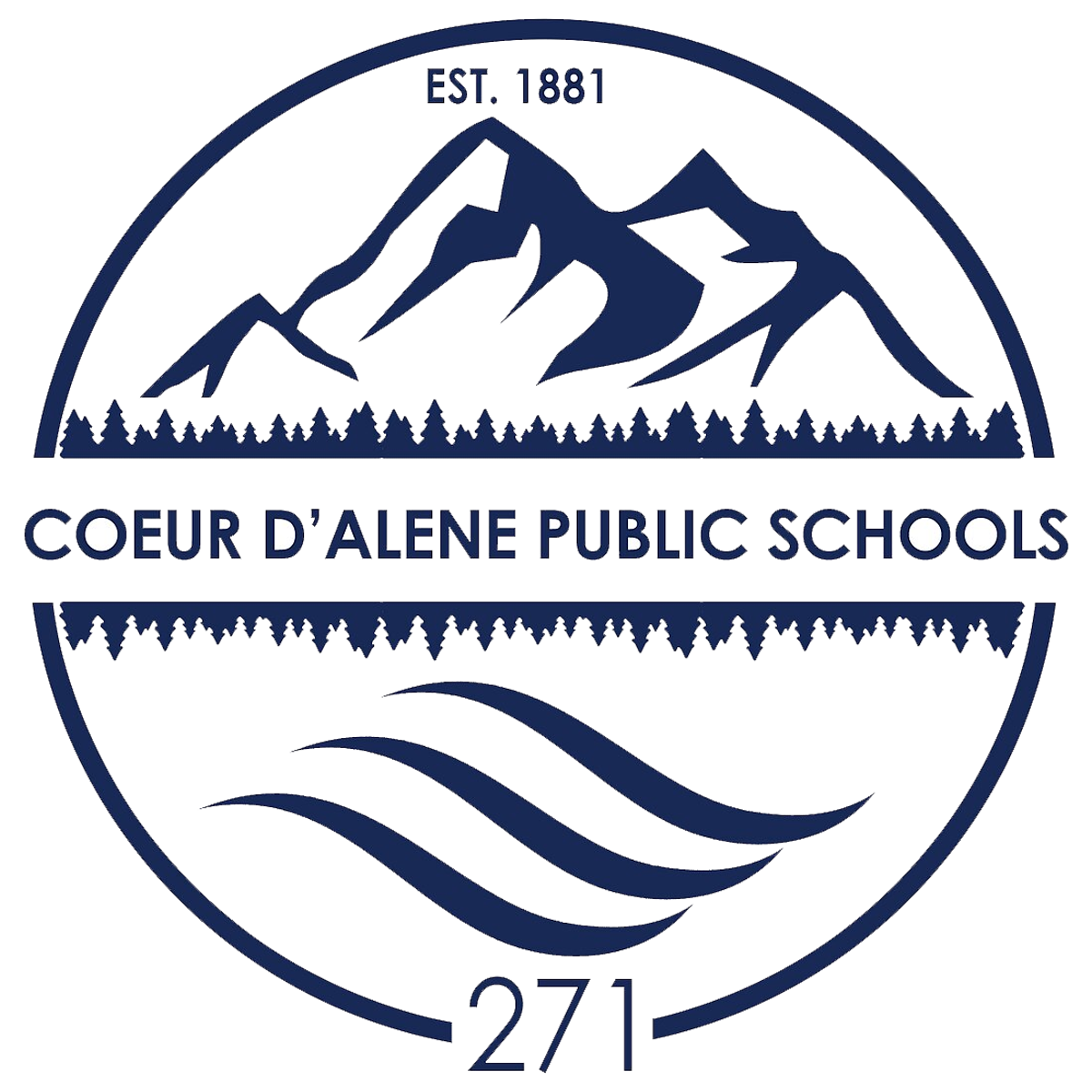Smarter Balanced Assessment (SBAC)
In 2010, Idaho joined 28 other states in the SMARTER Balanced Assessment Consortium to create a common, innovative assessment system for mathematics and English language arts that is aligned with the Common Core State Standards and helps prepare students for college and careers. Although the assessment is called "The ISAT presented by Smarter-Balanced," it should not be confused with the previous multiple-choice exam.
The Smarter-Balanced Assessment (SBAC) is not a "one shot test" and includes:
A summative exam;
Optional interim, or benchmark, exams given by your classroom teacher, and;
A variety of formative tools, processes and practices for teachers to use in planning and implementing informal, ongoing assessments. This will assist teachers in understanding what students are and are not learning on a daily basis so they can adjust instruction accordingly. Based on the Consortium’s work, students will have the option to take interim exams, which provide guidance to teachers about instructional milestones. These interim tests, and multiple opportunities to take what are traditionally year-end summative exams, will move the testing process away from the traditional "one-size-fits-all" state exams.
What is the difference between the old ISAT and the ISAT presented by Smarter-Balanced?
The biggest difference is the new assessment will be computer adaptive, which means when a student gets a question right, he or she gets a more difficult question. If another student gets the same question wrong, he or she is sent down a different questioning path. There are 50,000 questions in the Smarter Balanced bank and that will grow over time.
What Do The Results Mean?
Once you've received your student scores, use this site to dive deeper into results.
Take a Look at the SBAC
Available to the public, this site provides a large library of sample items that demonstrates the quality of questions and testing tools that students will experience.
Smarter Balanced Consortium
Additional information about the consortium can be found here.
